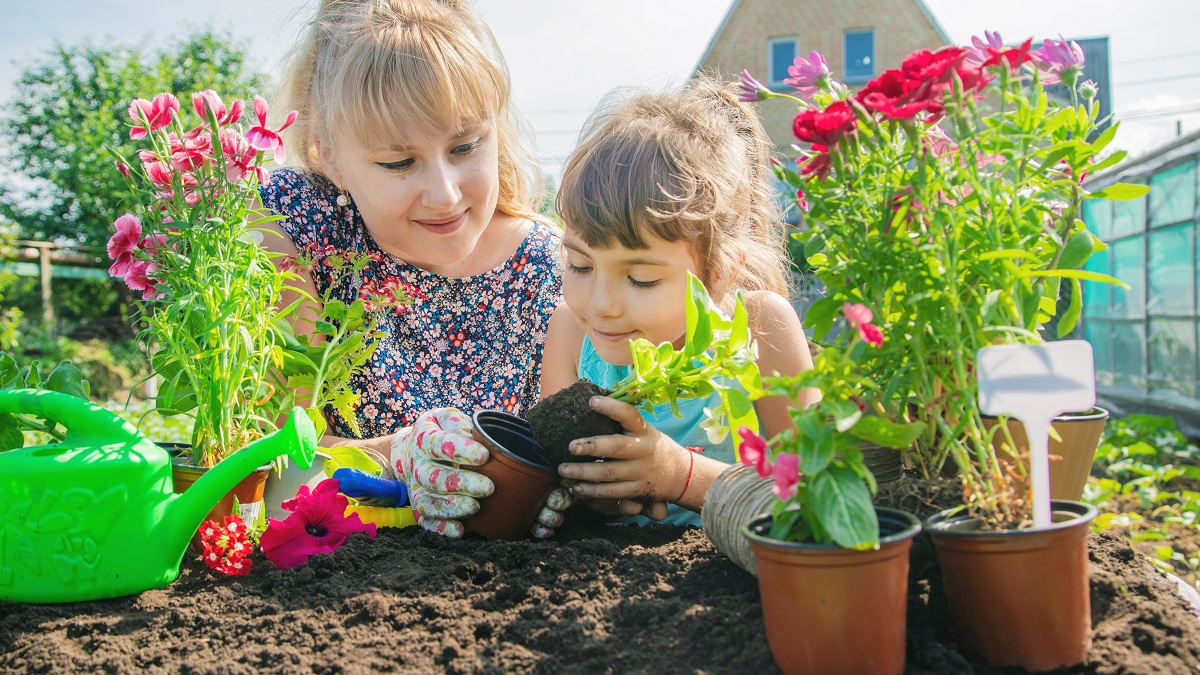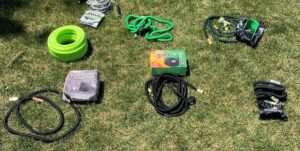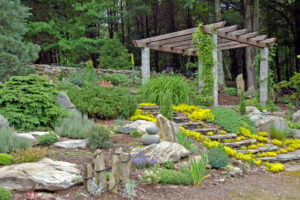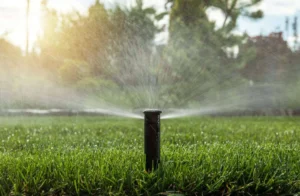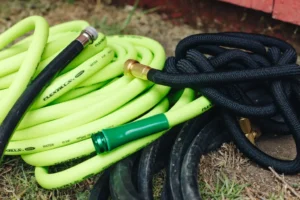Tips for Gardening with Kids: Creating Lifelong Nature Lovers
Introducing children to the joys of gardening does more than just get them outside—it plants the seeds for a lifetime of healthy habits, environmental awareness, and family bonding. Whether you have a sprawling backyard or just a few containers on a balcony, gardening with kids offers invaluable hands-on learning experiences that no classroom can replicate. This guide will help you transform your outdoor space into a natural classroom where curiosity blooms alongside your plants.
Why Gardening Benefits Children’s Development
When children dig their hands into soil and witness the miracle of seeds transforming into plants, they’re absorbing lessons that extend far beyond horticulture. Research from the USDA National Institute of Food and Agriculture shows that gardening activities support children’s cognitive, physical, social, and emotional development.
Gardening engages multiple senses and helps children develop fine motor skills as they handle seeds, pour water, and harvest vegetables. It teaches patience and responsibility as they care for plants that depend on their regular attention. Moreover, children who participate in growing food are significantly more likely to eat the fruits and vegetables they’ve nurtured, addressing picky eating habits that concern many parents.
The benefits don’t stop there. Garden-based learning has been linked to improved academic performance, particularly in science, as children observe plant life cycles, weather patterns, and ecosystems firsthand. The garden becomes a living laboratory where abstract concepts take root in real-world applications.
Getting Started: Planning a Kid-Friendly Garden
Choosing the Right Space
The perfect children’s garden balances structure with room for creativity. When selecting a space, consider these factors:
Accessibility is paramount—choose a location that children can reach easily and safely. The garden should be visible from the house so you can supervise while giving them independence. Ensure the area receives appropriate sunlight for your chosen plants, typically 6-8 hours for vegetables and herbs.
For beginners, start small. A 4×4 foot raised bed provides enough space for variety without overwhelming young gardeners. If space is limited, consider container gardening on a patio or balcony—many vegetables and flowers thrive in pots, and containers offer the advantage of mobility.
Selecting Child-Friendly Plants
The key to maintaining children’s interest lies in choosing plants that offer quick gratification and sensory appeal. Fast-growing plants like radishes, lettuce, and sunflowers show results within weeks, keeping motivation high. Plants with large seeds such as pumpkins, sunflowers, and beans are easier for small hands to manage.
Create a multisensory experience by incorporating plants with interesting textures, sounds, and scents. Lamb’s ear feels soft and velvety to touch. Ornamental grasses rustle in the breeze. Herbs like mint, basil, and lemon balm release aromatic oils when their leaves are gently rubbed.
For a child’s first garden, consider these beginner-friendly options:
Vegetables:
- Cherry tomatoes (sweet and prolific)
- Sugar snap peas (edible pods, fun to pick)
- Carrots (the magic of pulling them from the earth)
- Radishes (ready to harvest in just 3-4 weeks)
Flowers:
- Marigolds (bright colors and natural pest control)
- Zinnias (long-lasting blooms in vibrant colors)
- Nasturtiums (edible flowers with a peppery taste)
- Sunflowers (dramatic height and seeds for harvesting)
Sensory Plants:
- Mint (aromatic and spreading—perfect for tea)
- Woolly thyme (creates a soft, walkable carpet)
- Sensitive plant/Mimosa pudica (leaves fold when touched)
- Lamb’s ear (soft, fuzzy leaves that feel like flannel)
Creating Defined Spaces with Child Appeal
Children thrive with a sense of ownership. Consider creating individual plots where each child has complete creative control. Personalize these spaces with painted stones as garden markers or whimsical decorations that reflect their personalities.
Incorporate playful elements like stepping stones, fairy gardens, or a tepee trellis for climbing plants. These features transform the garden into a magical place that draws children back repeatedly. A small bench or sitting area encourages observation and reflection—essential components of the learning process.
Essential Tools and Safety Considerations
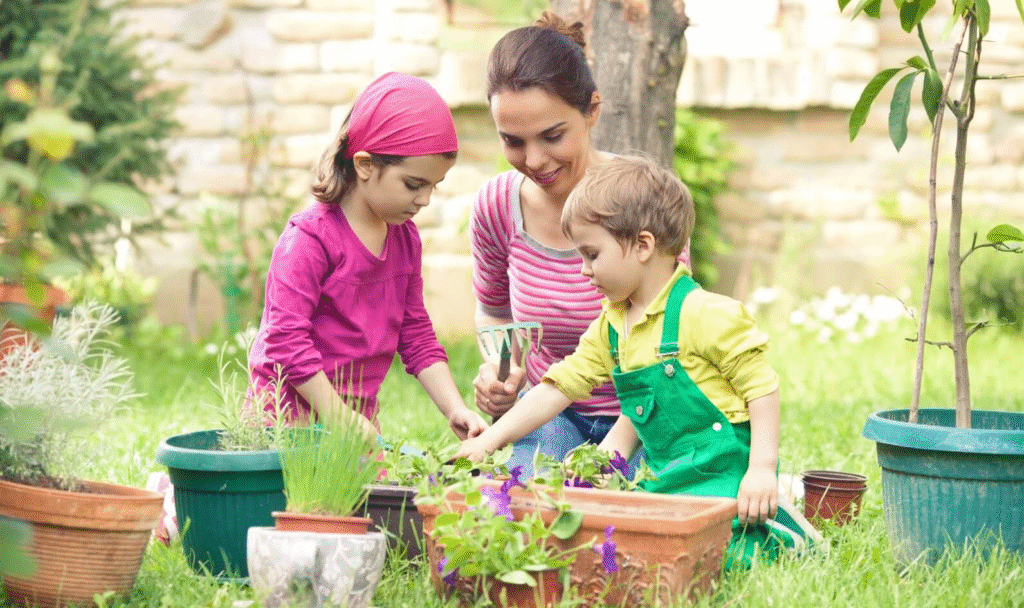
Kid-Sized Equipment
Using appropriately sized tools makes gardening more enjoyable and effective for children. Adult-sized tools can be frustrating and potentially dangerous for small gardeners. Invest in quality children’s gardening tools that function properly rather than toy versions that break easily.
Essential kid-friendly tools include:
- Child-sized watering cans (not too heavy when full)
- Small trowels and hand forks with easy-grip handles
- Lightweight gloves that fit properly
- Collecting baskets for harvesting
- Sturdy kneeling pads to protect little knees
Store tools in accessible, designated spots so children can take responsibility for retrieving and returning their equipment. This builds good habits and teaches respect for tools.
Safety First in the Garden
While gardening is generally safe, taking precautions ensures a positive experience. Always supervise young children, especially around water features or when using tools. Teach proper tool handling—walking, not running, with tools and pointing sharp ends downward when carrying.
Be mindful of plant selection. Avoid toxic varieties that might tempt curious children to taste. The National Capital Poison Center provides comprehensive information on potentially dangerous plants.
Sun protection is essential for long gardening sessions. Apply broad-spectrum sunscreen, and encourage wearing wide-brimmed hats and lightweight, long-sleeved shirts. Schedule gardening activities during morning or late afternoon hours to avoid the most intense midday sun.
Hydration matters too. Keep water bottles nearby and take regular breaks, particularly in hot weather. Create a shaded rest area where children can retreat when they need a break from the sun.
Age-Appropriate Gardening Activities
Different ages require different approaches to gardening. The table below outlines suitable activities and expectations for various age groups:
| Age Group | Attention Span | Recommended Activities | Adult Involvement |
|---|---|---|---|
| 2-3 years | 5-15 minutes | Watering with small can, collecting fallen leaves, digging in designated areas | Constant supervision; primarily observational learning |
| 4-5 years | 15-20 minutes | Planting large seeds, gentle harvesting, simple weeding, decorating plant markers | Direct guidance; demonstrate tasks first |
| 6-8 years | 20-30 minutes | Transplanting seedlings, composting, identifying common insects, creating garden art | Nearby supervision; increasing independence |
| 9-12 years | 30+ minutes | Garden planning, seed starting, regular maintenance routines, cooking harvested foods | Partnership approach; consultative role |
| Teens | Variable | Garden design, construction projects, specialized techniques, teaching younger children | Advisor role; respect their creative input |
Toddlers in the Garden (Ages 2-3)
For the youngest gardeners, emphasis should be on exploration rather than production. Create sensory experiences through smell, touch, and taste. Simple tasks like pouring pre-measured water on plants provide a sense of contribution without frustration.
Accept that toddlers may be more interested in the soil than the plants initially. Designate a “digging zone” where unrestricted exploration is welcomed. This prevents accidental uprooting of treasured plants while honoring their natural curiosity.
Preschoolers (Ages 4-5)
Children at this age begin understanding basic plant needs. Involve them in planting seeds with visible growth, like beans or sunflowers. Their developing fine motor skills allow for more precise tasks, though patience remains limited.
Use visual aids and physical markers to help them understand boundaries and expectations. Colorful signs can designate walking paths versus planting areas. Morning glory seeds pressed into soil around fence posts create magical climbing walls by midsummer.
Elementary Age (Ages 6-8)
Elementary-aged children can follow multi-step processes and understand cause-effect relationships in gardening. They’re ready for their own small garden plot with responsibility for planning, planting, and maintenance.
Introduce simple garden science through activities like comparing growth rates in different conditions or keeping a weather journal. Encourage documentation through drawing or photography to track changes over time.
Tweens (Ages 9-12)
Children in this age range can handle complex gardening concepts and extended projects. They may enjoy themed gardens—pizza gardens with tomatoes, peppers, and herbs, or rainbow gardens with plants in every color.
Connect gardening to other interests. Math enthusiasts can calculate germination rates or plan spacing. Creative types might design garden layouts or create plant identification markers. Future chefs can grow ingredients for favorite recipes.
Teenagers
Teens bring valuable strength and creativity to gardening projects. They can take on leadership roles, perhaps mentoring younger siblings or designing ambitious garden features like raised beds or water elements.
Respect their input and provide meaningful responsibilities rather than busywork. Many teenagers respond well to the technological aspects of gardening—using apps for plant identification, creating garden planning spreadsheets, or researching optimal growing conditions.
Making the Garden Educational
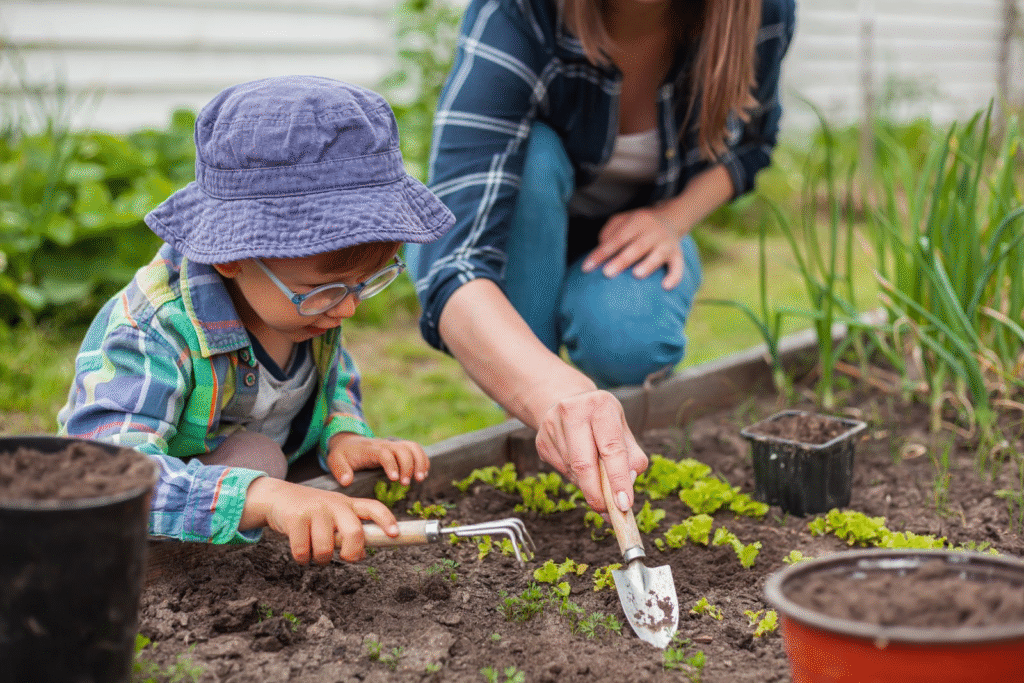
Integrating Academic Concepts
The garden naturally reinforces classroom learning across multiple subjects:
Science: Plant life cycles, pollination, composting processes, and weather patterns become tangible concepts. Create simple experiments like comparing plant growth in different soils or light conditions.
Math: Measuring plant heights, calculating harvest weights, designing garden plots with specific dimensions, and tracking rainfall amounts apply mathematical concepts in practical ways.
Language Arts: Encourage garden journaling, plant labeling, and storytelling. Even young children can dictate observations for you to transcribe, building a seasonal record of garden changes.
Art: The garden provides endless inspiration for drawing, painting, and crafting. Pressed flowers, leaf rubbings, and vegetable printing connect artistic expression with natural materials.
Teaching Ecological Responsibility
Gardens provide front-row seats to ecological processes. Children witness firsthand how composting transforms kitchen scraps into rich soil, how beneficial insects control pest populations, and how water conservation affects plant health.
Introduce organic gardening practices from the start. Explain why chemical-free approaches protect pollinators, soil microorganisms, and ultimately, human health. Simple practices like companion planting (marigolds alongside tomatoes to repel pests) demonstrate natural alternatives to pesticides.
Create habitats that support wildlife. Bird feeders, pollinator plants, and small water features attract beneficial creatures that children can observe. These interactions foster respect for the interconnectedness of ecosystems.
Maintaining Interest Throughout the Season
Celebrating Garden Milestones
Gardening operates on nature’s timeline, which can test children’s patience. Create opportunities to celebrate throughout the growing season—first sprouts, first flowers, first harvest. These milestones maintain momentum and recognize progress.
Document the garden’s development through photographs, measurements, and observations. This visual record demonstrates growth that might otherwise seem imperceptibly slow to young gardeners.
Incorporating Play Into Garden Work
The line between work and play should remain blurry in children’s gardens. Turn maintenance tasks into games—a weeding race with appropriate prizes, a scavenger hunt for beneficial insects, or a watering relay on hot days.
Schedule regular “garden exploration” times with no agenda beyond discovery. These unstructured periods often yield the most meaningful observations and questions from children.
From Garden to Table: Cooking with Kids
The ultimate reward for many young gardeners comes through eating their harvest. Even children who typically resist vegetables often willingly try those they’ve grown themselves. Start with naturally sweet options like cherry tomatoes or strawberries to build positive associations.
Involve children in simple food preparation. Young children can rinse harvested produce and tear lettuce leaves. Older children can follow recipes that showcase garden ingredients. Teens might research cultural dishes that feature their harvest, connecting gardening to global food traditions.
Consider hosting a garden-to-table celebration meal where each dish contains something from your garden. Invite friends or family to share the bounty, allowing children to proudly explain what they’ve grown.
Gardening in Limited Spaces
Not every family has access to a traditional garden plot, but container gardening offers similar benefits with less space. Balconies, patios, windowsills, and even indoor spaces under grow lights can produce impressive harvests.
Select containers with adequate drainage and appropriate depth for your chosen plants. Root vegetables need deeper containers than herbs or lettuce. Repurpose household items as planters—ice cream buckets with drainage holes, clean milk jugs with the tops removed, or even outgrown children’s boots.
Consider vertical gardening to maximize limited space. Wall-mounted pocket planters, trellises, and hanging baskets expand growing area without increasing footprint. Climbing plants like cucumbers and pole beans naturally grow upward when provided support.
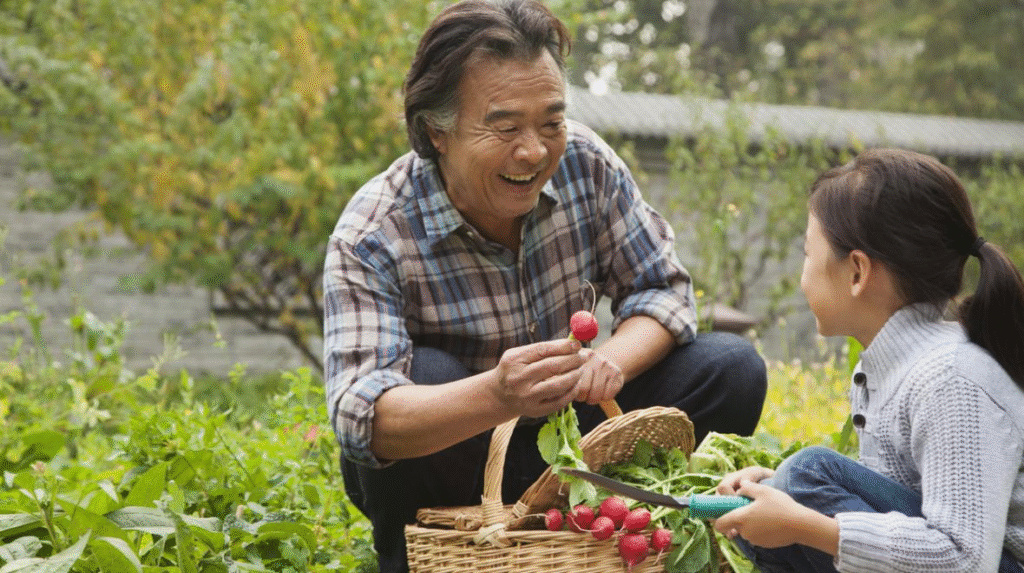
Seasonal Extensions and Year-Round Gardening
While summer offers peak growing conditions, gardening need not be limited to a single season. With simple adaptations, you can extend growing periods and maintain children’s connection to plants year-round.
In spring, start seeds indoors 6-8 weeks before your last frost date. Children delight in monitoring germination and tending seedlings on windowsills or under inexpensive grow lights. This head start lengthens the growing season and allows for observation of the complete plant life cycle.
For fall gardening, select quick-maturing cool-weather crops like spinach, kale, and radishes that can be planted in late summer for autumn harvest. Many of these vegetables actually taste sweeter after light frost exposure.
Winter presents opportunities for indoor gardening projects like sprouting beans, growing microgreens, or forcing bulbs. Apartment dwellers can maintain herb gardens in sunny windows year-round. Larger homes might accommodate citrus trees or other container-friendly plants that thrive indoors.
Conclusion: Growing Gardeners for Life
The true measure of a successful children’s garden isn’t its aesthetic perfection or even its productivity—it’s the joy and wonder it cultivates in young hearts. When children develop positive associations with gardening, they’re more likely to carry these experiences into adulthood.
Be prepared for imperfection. Plants will be overwatered or forgotten. Rows won’t be straight. Some harvests will fail. But within these “mistakes” lie the most valuable lessons about resilience, problem-solving, and the beautifully imperfect nature of the natural world.
Your patience as a gardening mentor shapes children’s attitudes more powerfully than any technique you might teach. When you demonstrate enthusiasm for the process rather than fixating on results, children learn to find satisfaction in the journey of nurturing living things.
The time you spend gardening together yields a harvest more precious than any vegetable—it produces cherished memories and a love for nature that may extend to the next generation. As you guide small hands in planting seeds, you’re also planting the understanding that humans are not separate from nature but integral parts of it—caretakers with the power to nurture or harm the world around us.
By sharing your gardening knowledge with children today, you’re cultivating tomorrow’s environmental stewards, one muddy handful at a time.
